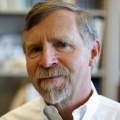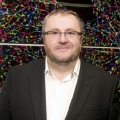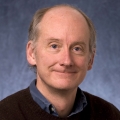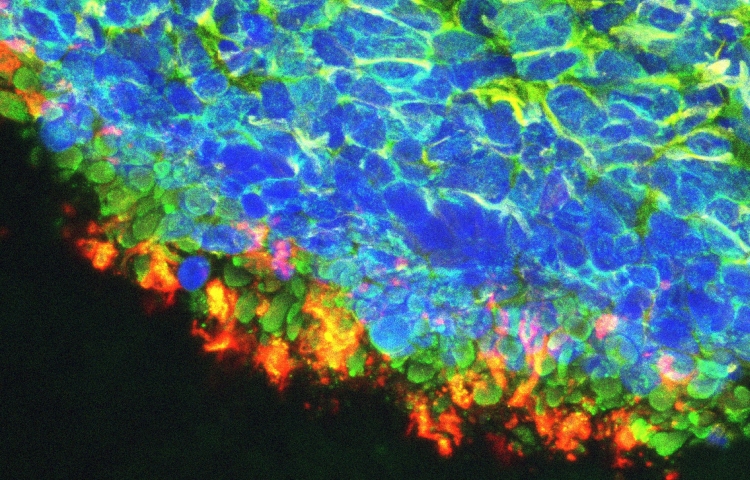
Dr. Clegg's research focuses on deriving ocular cells from embryonic, induced pluripotent (iPS), and adult stem cells for treating a variety of diseases, including eye maladies such as macular degeneration and diabetic retinopathy.

Dr. Coffey's work focuses on finding the best conditions for transplantation, identifying events that might compromise transplant efficacy, and finding solutions to their deleterious effects, and specifically an assessment of how much visual improvement might be expected from this approach.

Dr. Thomson's specific research interests include: Examining the transcriptional networks in ES cells that mediate self-renewal and commitment to each of the basic lineages of the early embryo; mapping the epigenome of ES cells and their early-differentiated derivatives as a participant in the San Diego Epigenome Center; improving methods for generating human iPS cells, and correcting genetic defects in iPS cells generated from patients with degenerative retinal disease; developing new strategies to convert human pluripotent stem and somatic cells into hematopoietic, vascular, and cardiac progenitor cells; and understanding clocking mechanisms that control developmental rates.




